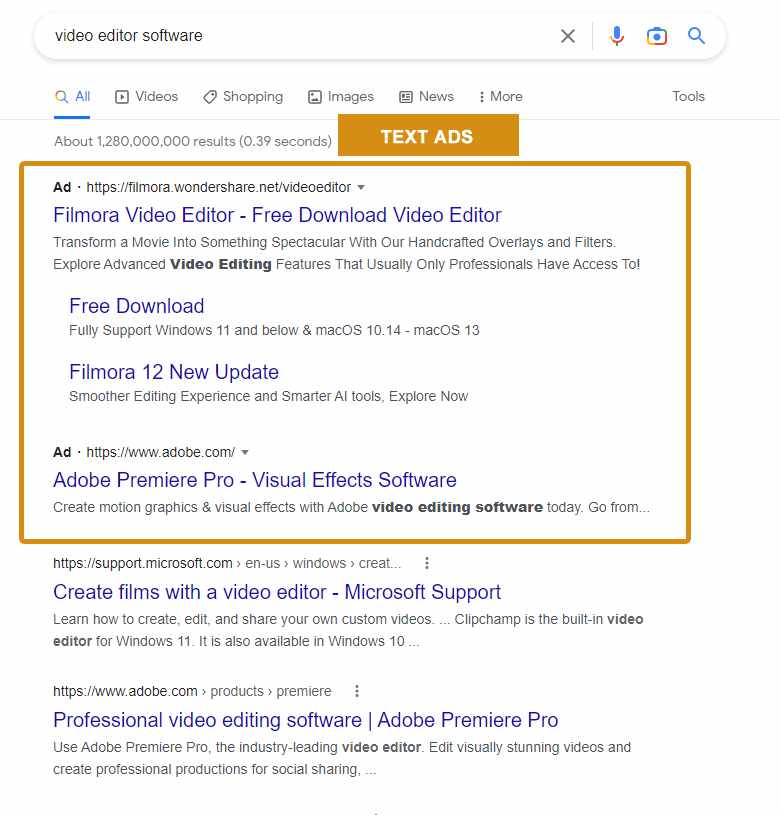
In a world increasingly dominated by handheld devices and digital interfaces, mobile app development has emerged as a critical skill for businesses and individuals. The convenience, accessibility, and user-centric design of mobile apps have revolutionised how we interact with technology, making it an integral part of our everyday lives. However, as the field evolves at a breakneck pace, it’s crucial to stay abreast of the best practices for app development. This post aims to shed light on the essential do’s and don’ts of modern mobile app development, offering readers insights into crafting successful, engaging, and user-friendly applications. From understanding your audience to ensuring robust security measures, we’ll delve into the key aspects that can make or break your mobile app in today’s competitive landscape. Whether you are an experienced developer or a newcomer, this guide will provide valuable lessons to propel your app development journey forward.
Do’s of Modern Mobile App Development
Understand Your Audience: Developing a successful mobile app starts with understanding who your user is and what they need. The demographics, preferences, and behaviours of your target audience should shape every aspect of your app, from its design and functionality to its marketing strategy. Research your audience thoroughly, create user personas, and validate your assumptions with honest user feedback. This ensures your app will resonate with its intended users, leading to greater adoption rates and a better overall user experience.
Prioritise Usability: In the realm of mobile applications, usability is king. An app can boast the most innovative features in the world, but if it’s not easy to navigate, users will quickly abandon it. A user-friendly design is clean, intuitive, and requires little to no instruction for navigation. Prioritising usability means placing the user’s needs at the forefront of all design decisions, such as skipping superfluous features and prioritising speed, simplicity, and reliability.
Incorporate Feedback: Continuous improvement is the hallmark of any successful mobile app. To achieve this, developers must be proactive in seeking, listening to, and incorporating user feedback. This feedback can uncover hidden bugs, highlight areas for improvement, and provide invaluable insights into what users truly want and need from your app. Regular updates based on user feedback demonstrate your commitment to user satisfaction and can significantly enhance the longevity and success of your mobile app.
Stay Updated with Trends: The mobile app development landscape is constantly evolving, with emerging technologies and user preferences reshaping the field regularly. Staying abreast of the latest trends in technology, design, and user behaviour is crucial to ensure your app remains relevant and competitive. From advancements in AI and machine learning to shifts in UX design principles, keeping your finger on the pulse of the industry will allow you to innovate and adapt your app to meet the changing needs of users.
Don’ts of Modern Mobile App Development
Overcomplicate Design: A complex design might look impressive initially, but it usually hinders the user experience. A cluttered interface with too many features can confuse users and make the app challenging to navigate. Simplicity, clarity, and usability should be the guiding principles of your design process. Keeping the user interface clean, intuitive, and straightforward will encourage engagement and retention.
Ignore Platform Guidelines: Each mobile platform, be it iOS, Android, or Windows, has distinct design and development guidelines. Ignoring these can lead to an inconsistent and subpar user experience. For instance, Android and iOS have different navigation patterns and visual styling. Adhering to these platform-specific guidelines ensures that your app feels native to the user’s device and meets their expectations, improving overall user satisfaction and app performance.
Neglect Testing: Thorough testing is an integral part of the app development process. Neglecting this step can lead to an app plagued with bugs and glitches, resulting in poor user experience and potentially damaging your brand’s reputation. It’s essential to conduct rigorous testing across various devices, operating systems, and network environments to ensure your app’s functionality, performance, and security. Incorporating user feedback during beta testing can provide invaluable insights into potential improvements.
Ignore Monetisation: A clear and viable monetisation strategy is crucial for your app’s long-term success. While it’s essential to focus on offering value to users, it’s equally important to establish a sustainable revenue model for your app. Ignoring monetisation can lead to financial instability and hinder your ability to update and improve your app consistently. The monetisation strategy could involve in-app purchases, subscription models, or ad revenue, depending on your app’s nature and target audience.
Case Studies
Successful Projects
TikTok: Launched in 2016, TikTok has become one of the most popular social media apps, with over 2 billion downloads worldwide. The unique algorithm that recommends content based on user behaviour and preferences is the key to its success. Additionally, TikTok constantly updates its app with new features and challenges to keep users engaged. It also incorporates in-app purchases and branded content to generate revenue successfully.
Calm: A meditation and relaxation app, Calm has gained a significant following since its launch in 2012. The app owes its success to the simple yet effective user interface, the extensive library of guided meditations and sleep stories, and the regular content updates it provides. The app offers a subscription model with different tiers, providing users access to exclusive content and features.
Unsuccessful Projects
Vine: Vine was a popular video-sharing app that gained immense popularity in 2013. However, the app’s inability to adapt to changing user preferences and lack of monetisation strategies led to its decline. It eventually shut down in 2016.
Yik Yak: Yik Yak was a location-based social media app that allowed users to post and view content within a 5-mile radius anonymously. The app gained popularity among college students but faced numerous controversies surrounding cyberbullying and hate speech. It eventually shut down in 2017.
Lessons Learned
With the increasing use of smartphones and technology, the mobile app market has become highly competitive. It takes more than just a good idea to create a successful app that stands out from the rest. Constant innovation and adaptation to changing user preferences and behaviours are necessary for a mobile app’s success.
Moreover, building a solid brand and fostering a dedicated community of users is crucial for the app’s long-term success. To achieve this, consistently update, create engaging content, and ensure a positive user experience.
Another lesson learned from the rise and fall of popular apps such as YikYak is the importance of addressing potential issues such as cyberbullying and hate speech. These issues can significantly impact user engagement and ultimately lead to the downfall of an app.
In conclusion, the success of a mobile app relies on various factors such as user engagement, monetisation strategies, and adapting to changing preferences. Taking these lessons into account can help create a successful app that stands the test of time. So, it is essential to stay informed about industry trends and continuously innovate to maintain a competitive edge in the ever-evolving mobile app market. With a strong brand, positive user experience, and constant adaptation, your mobile app can achieve long-term success and make a lasting impact on users.
How We Can Help Your Business
Contact One Web Digital today to learn more about how we can help you with SEO strategy to increase your brand awareness and leads.





